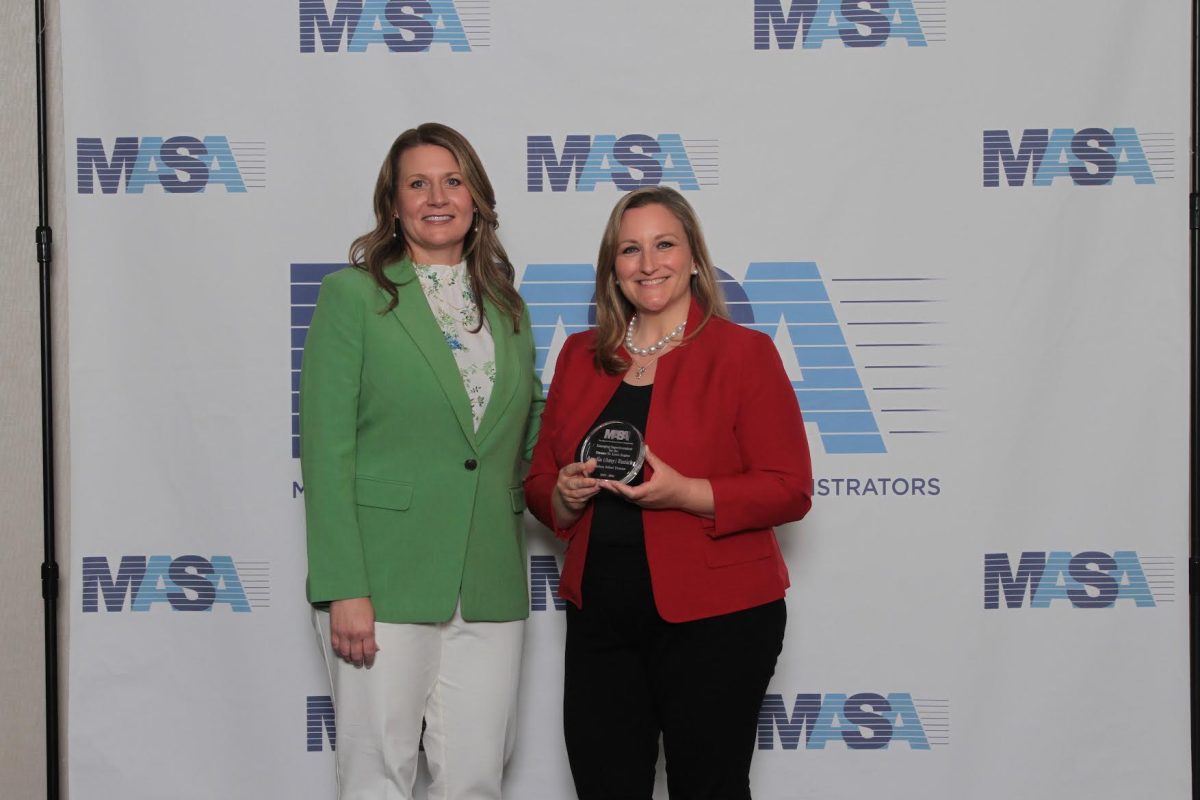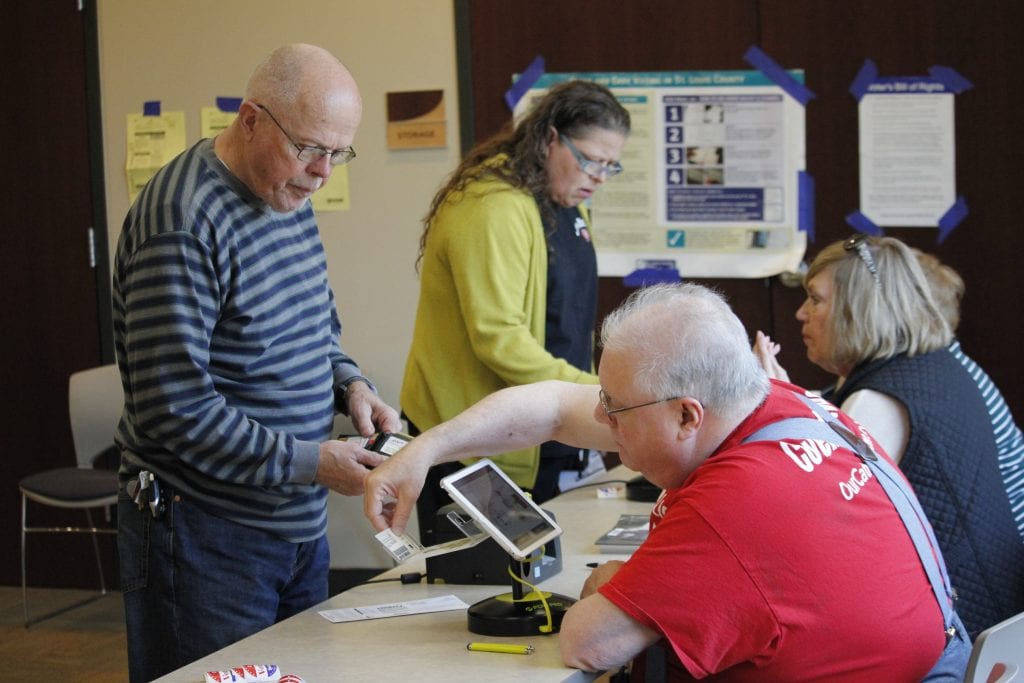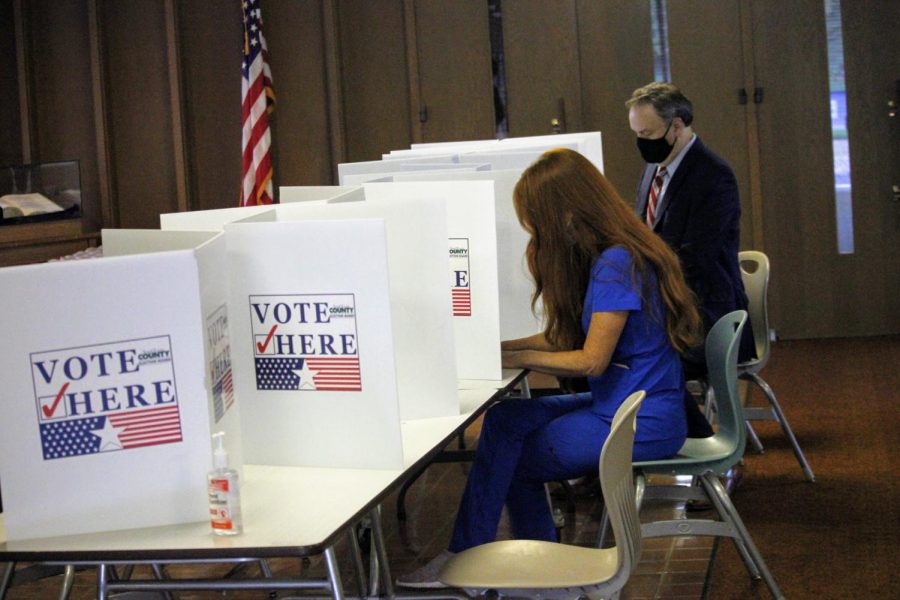The Mehlville School District is looking at how to kick start innovation in its four middle schools in a big way next year by expanding the 1:1 laptop program and possibly opening an academy of innovation.
The possibility of starting unique “schools within a school” in Mehlville’s middle schools comes on the heels of the successful opening this year of its new elementary school of innovation, Mosaic Elementary, one of only a few such schools in the country. At the high school level, the district is expanding early college and other innovative options for Mehlville and Oakville high schools.
The district is calling Superintendent Chris Gaines’ latest idea for a new type of school “Academy 255,” for the interstate that runs entirely in Mehlville in Missouri.
Gaines hopes to open the schools as two classes focused on problem-based learning just like Mosaic, but within each of the district’s four middle schools instead of as a separate building.
In what could be a step toward Academy 255, the Board of Education unanimously agreed Nov. 2 to expand the district’s 1:1 laptop program for the high schools to middle schoolers starting as soon as January, at an initial one-time cost of nearly $300,000.
The number of new laptops required to make the jump to full 1:1 at Oakville, Bernard, Margaret Buerkle and Washington middle schools is numbered in the hundreds, not the thousands, since the district has been purchasing more and more laptops all along for years, Director of Technology Services Paul Westbrook told the board. Just in the last two years, the district has added 721 laptops, doubling the total number in the district.
“If you could spend $200,000 in the district that would most impact our students, would this be it?” board member Jamey Murphy asked Gaines.
“I have a list,” Gaines said. “It’s on my list.”
Without enough computers for every class, laptop carts are a hot commodity and there are not enough to go around to meet the needs of all the teachers who want them for classes, Westbrook noted.
Bernard Middle School already has 458 laptops for 652 students, but it’s still not enough, he said.
“Those carts that aren’t being used on prep time are being shuffled down the hall to other teachers who are clamoring for them,” Westbrook said. “There’s not a minute of the day that they sit idle.”
Although high-school students take their 1:1 laptops home, students in middle school will leave their 1:1 laptops charging overnight on carts, Westbrook said. The computers have a seven-hour battery life.
The cost of providing a laptop to each student has gone down significantly since the district started its program in 2012 under former Superintendent Eric Knost.
The program debuted with Windows laptops that cost nearly $600. Under Gaines, the district has switched to using Chromebooks that cost around $300.
“As usual, I’m going to ask — can we afford not to do it?” board Vice President Jean Pretto said.
The middle-school initiative is more needed than ever since Mosaic has 1:1 laptops for elementary students, who will expect that type of education when they get to middle school, said board President Samantha Stormer and board Secretary Lisa Dorsey, who are both parents of children who attend Mosaic.
“So selfishly, I’ll mention my son will have two years there before he goes into middle school, and for him to be acclimated to having that technology and that tool in his educational toolbox and then suddenly to go and not have it is a regression, I feel, I think it’s essential,” Dorsey said.
The technology department can scrounge up $150,000 for the laptops from its existing budget, Westbrook said. As the district has doubled the number of laptops, it has not added any extra workers.
The program could start as early as January, with the one recurring cost other than replacing the laptops after five years coming from one new technology staffer at $48,000 a year in salary and benefits.
Dorsey said of the cost, “That seems minimal compared to the benefit that we would have for our teachers and our students in the classroom.”
The rest of the money for the new laptops will come from the district’s reserves, which stand at record levels.
Chief Financial Officer Marshall Crutcher gave the project a thumbs-up as a one-time cost out of reserves that will not negatively impact the district’s recurring operating budget.
“I think that’s the luxury of having an adequate cash reserve,” Crutcher said. “You have the money to be able to consider this, and that’s why you want that when good value-added projects like this come up.”
As part of Gaines’ continuing emphasis on vocational and career readiness at the high schools, the superintendent suggested that Westbrook start a student technology worker program to help service the Chromebooks, which are easy to manage.
No votes taken by board on ‘school within a school’
The board has taken no formal votes on the “school within a school” Academy 255 idea for middle schools, other than an informal green light to Gaines to research the prospect.
Just like at Mosaic, Academy 255 students would focus on problem-based learning in a collaborative setting with greater access to technology than the typical education experience. They would learn in two combined classes of 48 students with two teachers.
Like Mosaic, the school could be a lottery, or it could be based on applications.
“It’s just a choice,” Gaines said. “The content and standards would be the same, it’s just the delivery system that’s different.”
The district is still deciding whether the school is feasible to kick off next year, and if it is, whether to start it at Bernard first and expand to other schools or try to start in multiple schools. Eventually, the program could also expand into high school.
“We think from a space and staffing standpoint, if we could make everything work, Academy 255 for next year would not be a problem,” Gaines said. “Long term, we begin to see some struggles because of staffing and space.”
Nothing about the school is set in stone yet, including the name. The Academy 255 moniker is a placeholder until the district decides on a permanent name, Gaines said.
“We could call it Henry, but we’ve been calling it Academy 255,” he said.
The effort could be helped by Mehlville’s current demographic trend of declining enrollment. As enrollment winds down, the district will be able to use teachers at Academy 255 instead of in elementaries.
Mehlville officials look to kick start innovation at middle schools
By Gloria Lloyd, News Editor
November 17, 2017
More to Discover
9977 Lin Ferry Dr. St. Louis, MO 63123
314-843-0102
314-843-0102






























